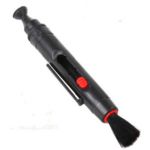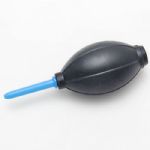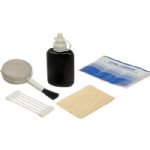From a sharpness standpoint, the 50mm f/1.8 on a 5D body looks surprisingly similar to the same lens on the 20D. Corners do get softer, but not as much as we'd normally expect when moving to a full-frame body (but then they were pretty bad on the 20D to begin with). Things don't improve quite as quickly when stopping down, although the central super-sharp area is actually broader at f/2.8 on the 5D, thanks to that camera's larger pixels. As is often the case, chromatic aberration is also helped by the larger pixels more than it's hurt by the larger image circle.
As we might expect, the impact of the larger frame size makes itself most felt in the areas of light falloff (aka vignetting) and geometric distortion, both of which get quite a bit worse. Light falloff hits a maximum of just over 1.27 EV wide open, and is still 1/2 EV at f/2.8. It finally flattens out at about 1/4 EV at f/4 and above. Geometric distortion isn't horrible, but is nonetheless quite noticeable at 0.46%.
Overall, this lens isn't quite the slam-dunk deal on a full-frame body that it is on a sub-frame camera, but still represents a very strong value. If you don't want to spring for the 50mm f/1.4(which is extremely soft at f/1.4 anyway), or the new ultra-expensive 50mm f/1.2L lens (which we haven't tested yet, as of this writing in late September, 2006), the 50mm f/1.8 could still make a worthwhile contribution to your lens kit, at a bargain-basement price.








































